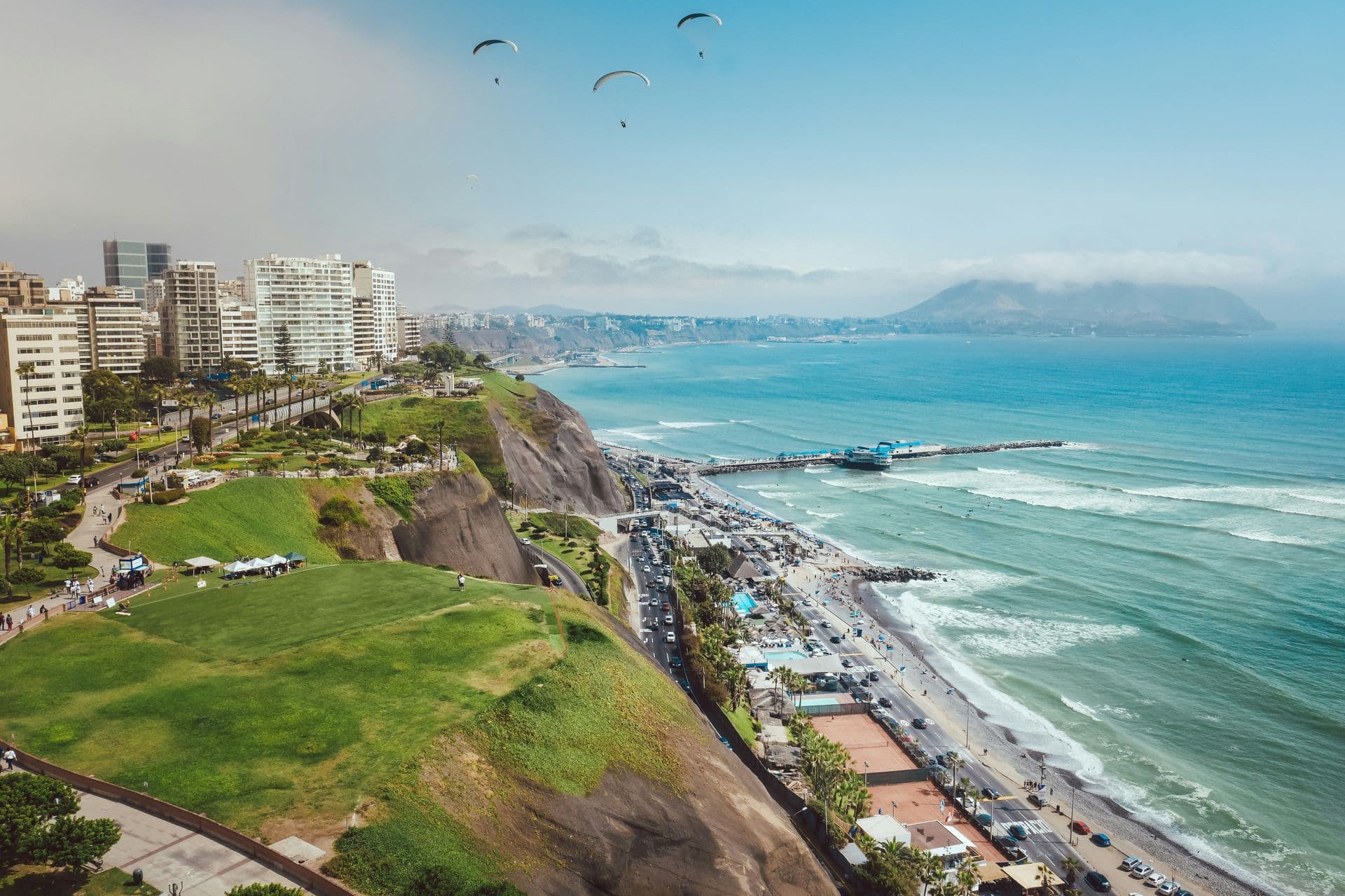
Designing infrastructure projects in Peru: transportation and connectivity.
In Peru, we participate in key engineering projects, highlighting our specialization in the design of road transport infrastructure (highways, roads) and rail transport (subways and railways), as well as consulting in geology and geotechnics, especially in underground solutions and tunnel design, in addition to our expertise in topographic solutions using innovative technologies.
Excellence and sustainability
With a deep understanding of local needs and challenges, our team of specialists is committed to excellence and sustainability in every phase of the project, from its conception (pre-investment studies) to the investment stage, ensuring results that drive Peru's development.

Key competencies
Road Transport Engineering
- Definition of road layout: combining cost-benefit analysis and multi-criteria analysis to define the best design and route
- Complex highways, intersections, and interchanges
- Analysis, planning, management, and evaluation of road maintenance, improvement, and investment decisions (using HDM-4 software)
- Roads with drainage solutions and landscape design
- Value engineering for complex underground solutions
- Environmental studies
Rail Transportation Engineering
- Road and functional design of railway lines and stations
- Comprehensive design of various railway systems
- Design of multimodal terminals, dry ports, and storage and sorting areas
- Railway simulation – Railway operation model
- Design of railway infrastructure and facility maintenance plan
- Value engineering for complex underground solutions
- Land use planning and socio-environmental assessment
Underground Works
- Analysis and evaluation of the feasibility of underground solutions
- Analysis of geomechanical risks using multi-criteria methodologies
- Multi-criteria risk matrix
- Execution of exploration campaigns and development of geological and geotechnical models
- Analysis and evaluation of geometric requirements for both the tunnel cross-section and the route
- Evaluation and selection of construction methods: conventional vs. mechanized
- 2D and 3D finite element analysis
- Soil-structure interaction analysis to define the support
- Design of primary and final support and waterproofing and drainage systems
- Tunnel safety systems
- Portal design
- Definition of monitoring systems for both conventional and mechanized tunnels
- Cost/time risk analysis using the DAT (Decision Aid in Tunneling) program
- Evaluation of settlements in urban tunnels. Damage assessment
- Definition of parameters during the operation of tunnel boring machines in urban environments: volume loss, pressure at the face, grout injection pressure, excavated material, excavation speed












